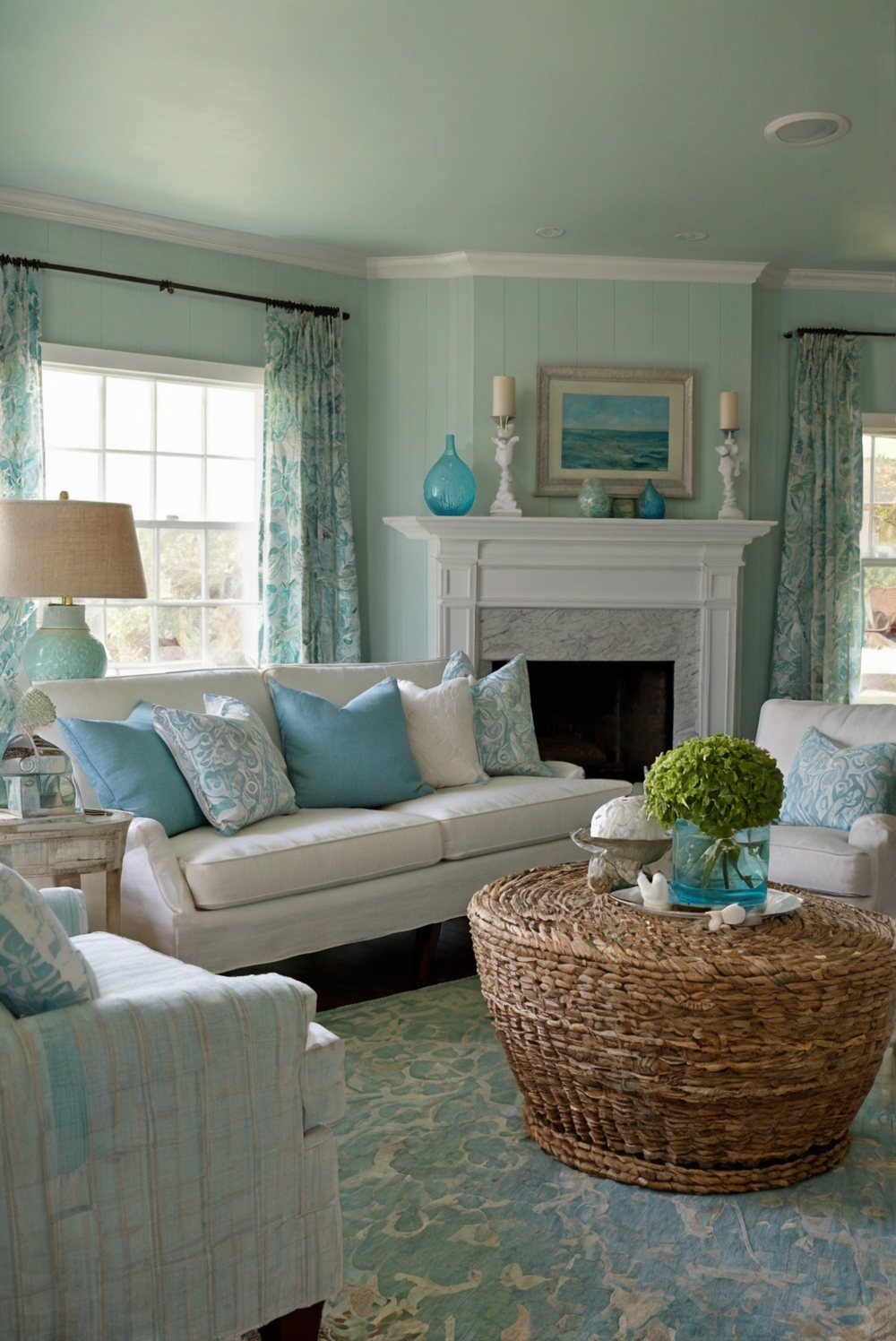Explore how a rug’s texture enhances the ambiance in a space. Discover daily interior designer routines and décor tips to create a cohesive and inviting room.
How does a rug’s texture contribute to the overall feel of a room?
Rug textures play a significant role in enhancing the ambiance of a room. The right texture can add warmth, coziness, or elegance to the space, depending on the design goal. For a harmonious feel, opt for a rug texture that complements other elements like furniture and wall colors. Soft textures create a welcoming and comfortable atmosphere, while textured rugs with patterns can add visual interest. To strike a balance, consider the room’s function and traffic flow. Ultimately, choosing the right rug texture can tie the room’s decor together and elevate its overall appeal.
How does a rug’s texture contribute to the overall feel of a room?
Texture plays a crucial role in determining the overall ambiance and feel of a room. When it comes to rugs, the texture can significantly impact the look and atmosphere of a space. Here are some key ways in which a rug’s texture contributes to the overall feel of a room:
1. Visual Appeal:
The texture of a rug can add depth and visual interest to a room. Different textures, such as plush, shaggy, or flatweave, can create varying visual effects. A plush rug with a soft texture can add a cozy and inviting feel to a room, while a flatweave rug with a smooth texture can give a more modern and sleek look.
2. Tactile Sensation:
The tactile sensation of a rug’s texture can greatly impact how a room feels to the touch. A soft and plush rug can create a warm and comforting environment, making the room feel more inviting and comfortable. On the other hand, a rug with a rougher texture can add a sense of ruggedness or durability to the space.
3. Sound Absorption:
The texture of a rug can also affect the acoustics of a room. Rugs with thicker, softer textures can help absorb sound, reducing echoes and noise levels in a space. This can contribute to a quieter and more peaceful atmosphere, especially in rooms with hard flooring surfaces.
Additional Considerations:
4. Style and Theme:
The texture of a rug can complement the overall style and theme of a room. For example, a rug with a luxurious texture like silk or velvet can enhance the elegance of a formal living room, while a sisal or jute rug with a natural texture can add a casual and earthy vibe to a space.
5. Maintenance and Durability:
The texture of a rug can also impact its maintenance and durability. High-pile rugs may require more frequent vacuuming to keep them clean, while low-pile or flatweave rugs are easier to maintain. The texture of a rug can also affect its durability, with some textures being more resistant to wear and tear than others.
In conclusion, the texture of a rug is a crucial element in shaping the overall feel of a room. Whether you are looking to create a cozy and inviting space or a sleek and modern atmosphere, choosing the right texture can make a significant difference. By considering the visual appeal, tactile sensation, sound absorption, style compatibility, and maintenance requirements of a rug’s texture, you can enhance the ambiance and feel of any room in your home.

